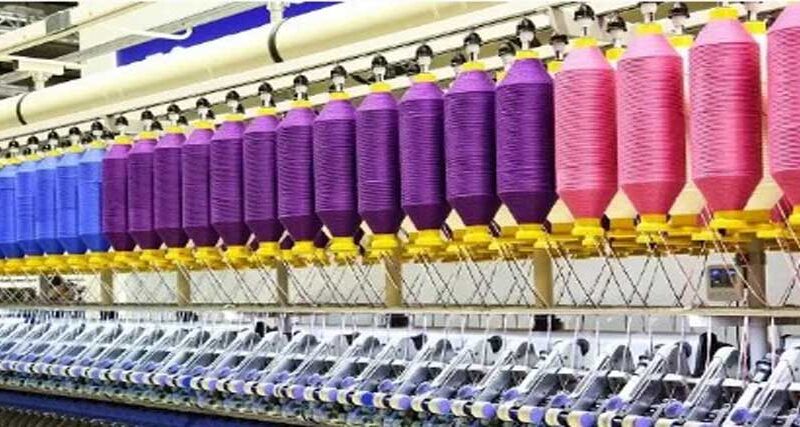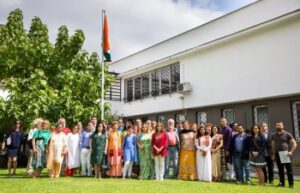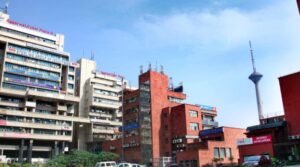India’s Textile Industry
India’s textile industry has transformed in recent years from a declining sector to a rapidly developing one.

India’s textile industry has transformed in recent years from a declining sector to a rapidly developing one. After freeing the industry in 2004–2005 from a number of limitations, primarily financial, the government permitted massive investment inflows, both domestic and foreign. From 2004 to 2008, total investment into the textile sector increased by $27 billion. Ludhiana produces 90% of woollens in India and is known as the Manchester of India. Tirupur has gained universal recognition as the leading source of hosiery, knitted garments, casual wear, and sportswear. Expanding textile centres such as Ichalkaranji enjoy one of the highest per-capita incomes in the country.[261] India’s cotton farms, fibre and textile industry provides employment to 4.5 crore (45 million) people in India, including some child labour (1%). The sector is estimated to employ around 400,000 children under the age of 18.







